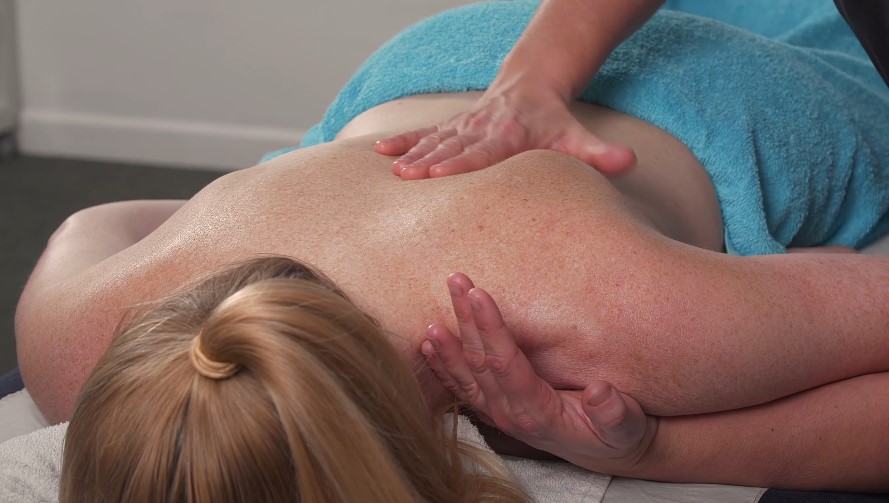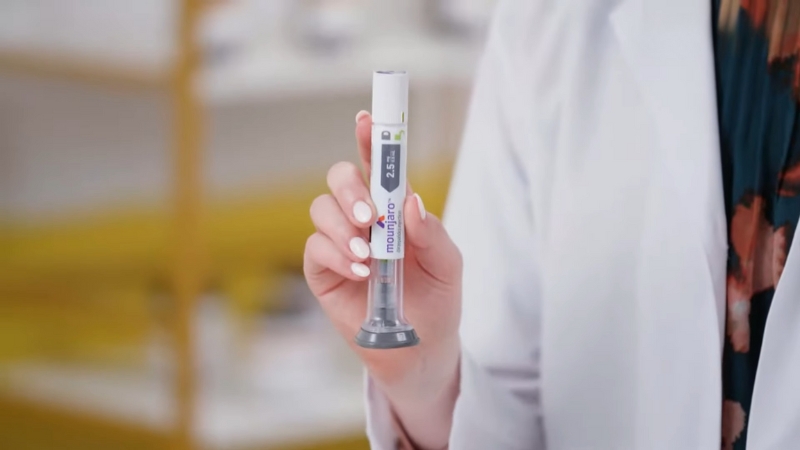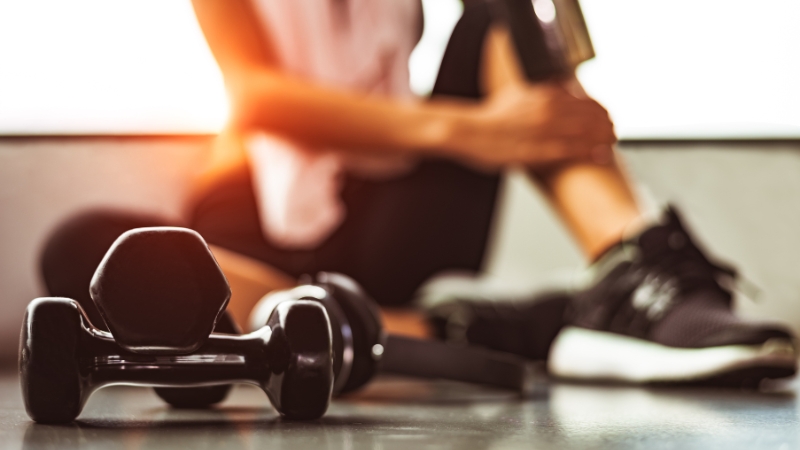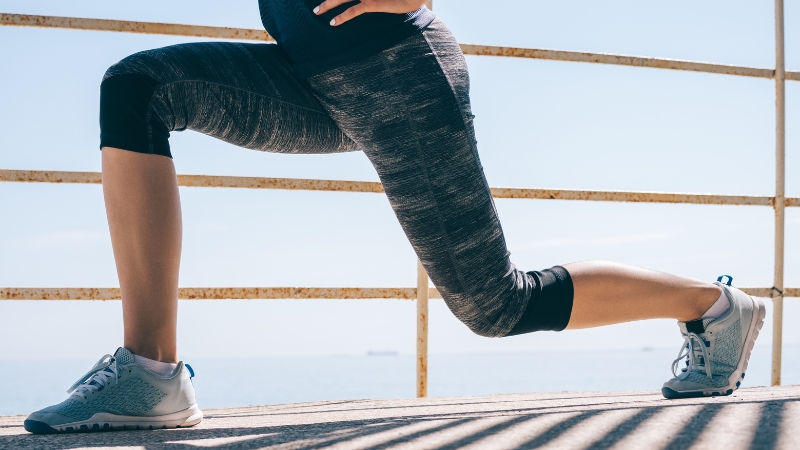
Share Post:
Epsom salts, or magnesium sulfate, have long been associated with muscle relief. The idea is simple: magnesium gets absorbed through the skin, calms nerves, relaxes muscles, and flushes toxins. Sounds great in theory.
The problem? Research doesn’t back it up.
Studies point out that there’s little evidence to prove magnesium is absorbed in meaningful amounts through the skin. Experts suggest that what actually helps is the warm water, boosting circulation and promoting relaxation, not the magnesium itself.
So, if you’ve been soaking regularly and still hobbling around with sore calves or tight shoulders, it’s likely because you need more than a long bath to recover fully. Let’s break it down by what actually helps.
Key Takeaways
- Epsom salt absorption is likely minimal—most relief comes from the hot water.
- Nutrition, hydration, and sleep are foundational for muscle repair.
- Compression, massage, cryotherapy, and light movement can all speed recovery.
- Avoid alcohol and tobacco—they slow everything down.
- Smart recovery is specific—tailor it to your body and goals.
1. Fuel Your Muscles Right

Recovery doesn’t start in the tub—it starts on your plate.
Protein
You tear muscles during workouts; protein helps stitch them back together. The gold standard? Around 1.6 grams of protein per kilogram of body weight daily. For a 70-kg person, that’s about 112 grams.
Great sources:
- Grilled chicken breast
- Greek yogurt
- Tofu stir-fry
- Whey protein shake (convenient after a workout)
Aim for 20–30 grams of protein within 60–90 minutes post-exercise.
Carbohydrates
Carbs refill glycogen stores that power your muscles. Especially after longer or high-intensity sessions, a 2:1 or 3:1 carb-to-protein ratio post-workout helps speed things along.
Example: A banana with peanut butter and a scoop of protein powder blended into a smoothie.
Hydration
Even mild dehydration can drag recovery down. Aim for 1.5 liters of water per kilogram of body weight lost during exercise. That means weighing yourself before and after workouts can be surprisingly useful.
Tart Cherry Juice
Yes, it’s trendy, but also legit. According to Wiley Online Library research, it consistently reduces muscle soreness and inflammation. Just 8 – 12 oz a day before intense training is enough.
2. Targeted Supplements
Supplements aren’t magic, but they can give you an edge, especially if your diet’s not perfect.
Creatine Monohydrate
Not just for bodybuilders. Creatine helps with strength, muscle repair, and even cognitive recovery. It’s especially helpful for high-intensity training.
Dosage: 3–5 grams daily, even on rest days.
Magnesium (Oral)
Unlike Epsom salts, oral magnesium actually gets absorbed. It helps with muscle function, cramps, and nerve regulation, especially in athletes who sweat a lot.
Protein Powder
Whey, casein, or plant-based—protein powder is a convenient way to meet those high daily needs, especially if you’re training hard.
3. The Power of Sleep

It sounds simple, but many athletes still underestimate it. During deep sleep, your body releases growth hormone and testosterone—key drivers for tissue repair.
How much? 8–10 hours per night, especially during heavy training cycles.
Miss that window regularly, and you’re flirting with:
- Elevated cortisol (stress hormone)
- Slower muscle repair
- Poorer performance
4. Active Recovery Days
Doing nothing isn’t always best. Gentle movement helps reduce muscle stiffness and flush out waste products like lactate.
Good options:
- 30-minute walk or light jog
- Swimming laps at an easy pace
- Yoga focused on mobility
Avoid high intensity. It’s about movement, not pushing limits.
5. Massage Therapy

A deep-tissue massage does more than just feel good. It increases circulation, reduces delayed onset muscle soreness (DOMS), and can even improve range of motion.
Professional massage too pricey? Foam rollers and massage guns can do the trick—just be consistent. Target:
- Quads and hamstrings after leg day
- Lats and shoulders after upper-body work
- Calves and feet if you’re a runner
6. Compression Garments
Think tight sleeves or leggings with purpose. Compression wear improves venous return and reduces microtrauma oscillation during movement.
Аthletes who wore compression gear post-training recovered faster than those who didn’t, especially when worn for 24 hours, then intermittently for another day.
- Practical use: Slip them on post-workout or sleep in them after heavy sessions.
7. Cryotherapy
Cryotherapy chambers (yes, the freezing ones) expose your body to -200°F to -250°F for a few minutes. That intense cold reduces inflammation, pain, and muscle fatigue.
It’s not for everyone, but elite athletes swear by it—and the science backs it up.
There are various facilities and sports centers offer safe, guided cryo sessions. You’ll step out feeling like your legs got rebooted.
8. Stretching and Foam Rolling
Static stretching after workouts helps maintain flexibility and calm the nervous system.
Pair it with foam rolling (a type of self-myofascial release) to:
- Break up adhesions
- Improve blood flow
- Alleviate tightness
9. Rest, Real Rest

Training every day without rest isn’t dedication—it’s a shortcut to burnout or injury.
Your muscles grow stronger during rest, not during the workout itself.
General rule of thumb:
- Light sessions: 24 hours recovery
- Heavy lifting or high-intensity intervals: 48–72 hours
- Rotate muscle groups: Upper one day, lower the next
Listen to your body. Fatigue, sleep disruption, and lack of motivation can all signal the need for more rest.
10. Cutting Out the Saboteurs
Alcohol
Slows muscle protein synthesis, messes with sleep, and dehydrates you. Post-race beers might be tradition, but they’re doing your recovery no favors.
Tobacco
Worse than alcohol. It reduces circulation and oxygen delivery—both of which are vital for healing tissue.
Your recovery plan is only as strong as the habits that support it.
11. Advanced Therapies Worth Exploring
Red-Light Therapy
Also known as photobiomodulation, it uses red light to stimulate mitochondria, reduce inflammation, and support healing. Popular among endurance athletes and those prone to soft tissue injuries.
Sessions typically last 15–20 minutes.
Float Tanks
They may use Epsom salt, but for a different reason: sensory deprivation and buoyancy. These tanks reduce mental stress, which, in turn, can lower inflammation indirectly.
It’s about mental reset, not magnesium absorption.
How to Put It All Together
Let’s say you just finished a long, intense leg day. Here’s what recovery could realistically look like:
| Time | Recovery Action |
| Within 60 min | Protein shake with banana (20g protein, 40g carbs) |
| 2–3 hours later | Balanced meal (grilled chicken, sweet potatoes, greens) |
| Evening | Light walk and foam rolling (15 min), magnesium supplement |
| Night | 9 hours of sleep in a cool, dark room |
Add in:
- A massage once a week
- Compression leggings post-leg day
- Red-light therapy session once a week (if accessible)
It doesn’t need to be perfect—just consistent.
Why These Work (And Epsom Might Not)
When you stack up the techniques above, what they all have in common is that they address real physiological needs:
- Nutrients to rebuild
- Hormones to repair
- Inflammation to control
- Tension to release
Epsom salt baths? They’re relaxing. They’re comforting. But for real recovery, especially when performance matters, you need a smarter, evidence-based approach.
Final Thoughts
Recovery isn’t a luxury—it’s part of the work. When your Epsom salt soak leaves you just as sore the next day, it’s a sign to level up.
By focusing on what your muscles actually need—fuel, rest, circulation, and care—you’ll bounce back faster, stay injury-free, and keep pushing forward.
Related Posts:
- 10 Reasons You Need Epsom Salt in Your Home
- Why Does Your Elbow Hurt During Workouts? Causes & Solutions
- How Long Does It Take for Muscles to Recharge During…
- Can AI Help You Get Fit? Real Benefits and Red Flags
- Top-Rated Gyms in San Francisco According to Real Locals
- You're Not Lazy, You're Burned Out - Why Fitness…










